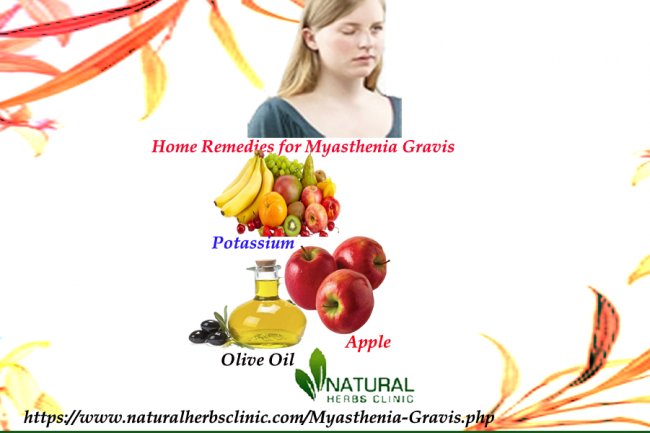From Yoga to Herbal Teas: Ancient Remedies Making a Comeback
There’s wisdom in ancient health practices that modern science is beginning to support. Practices like yoga and the use of herbs are no longer fringe or alternative—they’re becoming part of everyday health routines for people around the world.

Long before modern medicine developed synthetic drugs and diagnostic machines, communities across the world relied on nature and movement to heal. Ancient remedies—once central to traditional health systems—are making a steady return to homes, clinics, and health shops. People are now revisiting herbal infusions, breathing practices, and body-based therapies like yoga, not just as add-ons, but as active approaches to support well-being. This revival includes renewed interest in managing respiratory conditions, such as bronchiectasis, with supportive herbal therapies and traditional methods.
How time-tested remedies such as yoga, herbal teas, and plant-based solutions are regaining credibility and attention in health conversations. Herbal Treatment for Bronchiectasis is a best remedy to cure lung systems. Whether you're coping with a chronic condition or seeking natural relief for daily stress, these practices are proving useful for many.
Why Are Ancient Remedies Becoming Popular Again?
Several reasons are behind the renewed interest in traditional practices:
- Concerns over long-term medication use
Many patients look for ways to minimise the side effects of pharmaceuticals, especially in chronic illnesses. - A shift towards holistic wellness
There’s a growing understanding that health is not just the absence of disease, but also about quality of life, emotional resilience, and physical strength. - Research backing traditional practices
More studies now confirm what ancient practitioners observed: herbs, movement, and rituals can support immune health, lung function, sleep quality, digestion, and more.
The Role of Yoga in Respiratory Health
Yoga is often viewed as a method for improving flexibility or calming the mind. But its value in supporting lung health and respiratory function is increasingly recognised.
- Breathing exercises (Pranayama)
Pranayama is a series of breathing techniques used in yoga. These exercises can help improve oxygen flow, expand lung capacity, and clear airways. For people with respiratory issues like asthma or bronchiectasis, regular practice may ease symptoms and improve daily function. - Chest-opening postures
Postures such as the cobra, bridge, and camel stretch the chest muscles and open the lungs. This helps improve air intake and posture—especially useful for people who experience tightness or shortness of breath. - Stress reduction and inflammation
Chronic stress can worsen inflammation in the body, including in the lungs. Yoga supports nervous system balance, helping to regulate cortisol and reduce inflammation markers.
If you’re managing a condition like bronchiectasis, combining standard medical care with breathing exercises and gentle movement might offer better control over symptoms.
Herbal Teas: Ancient Elixirs with Modern Support
Tea isn’t just a comforting drink. Across cultures, it’s long been used to address specific ailments. Here's how herbal teas are making a strong return as health-supportive options.
- Liquorice root tea
Known for its anti-inflammatory and expectorant properties, liquorice can help soothe irritated airways and promote mucus clearance. - Thyme tea
Used traditionally to treat coughs and chest infections, thyme contains compounds that relax respiratory muscles and fight bacteria. - Ginger tea
Its warming, anti-inflammatory effects make ginger helpful for respiratory discomfort, nausea, and improving circulation. - Peppermint tea
With natural menthol, peppermint helps relax the muscles of the respiratory tract and provides a cooling sensation to irritated tissues.
These teas are not replacements for medication but can be used as supportive aids. People managing respiratory problems often include them in daily routines to stay more comfortable, especially during cold seasons or flare-ups.
Re-emergence of Herbal Remedies in Lung Health
Many herbs once commonly used in traditional systems like Ayurveda, Traditional Chinese Medicine (TCM), and Unani are now available in capsules, tinctures, and teas. Their use is once again finding a place in modern respiratory support strategies.
- Tulsi (Holy Basil)
Known for its adaptogenic and immune-supportive properties, tulsi can help reduce oxidative stress in the lungs. - Mullein leaf
This herb is often used for its soothing effects on the respiratory tract. It helps thin mucus and ease congestion. - Eucalyptus
Often used in steam inhalation or topical balms, eucalyptus contains cineole, a compound that relieves cough and improves airflow. - Ivy leaf extract
Now found in many herbal cough syrups, ivy leaf acts as a bronchodilator and expectorant, improving breathing.
Those with persistent respiratory issues such as bronchiectasis may find benefit by incorporating a Herbal Supplement for Bronchiectasis as part of a broader wellness routine. While it’s important to speak with a healthcare provider before starting any supplement, many patients report improved mucus clearance and fewer chest infections with herbal support.
Traditional Practices with a New Perspective
Ancient remedies are also being embraced alongside updated lifestyle habits. People are combining them with:
- Mindfulness and meditation
These practices support emotional health and can ease anxiety that worsens breathing patterns. - Balanced nutrition
Certain foods like garlic, turmeric, and omega-3-rich fish work with herbs and movement to further reduce inflammation. - Clean air practices
Using HEPA filters, avoiding smoking, and practising nasal irrigation can support herbs and yoga in maintaining clear airways.
What You Should Consider Before Using Ancient Remedies
If you’re new to traditional remedies, keep the following in mind:
- Check for allergies – Herbs like liquorice or eucalyptus may cause reactions in some people.
- Review your medications – Some herbs can interact with drugs like blood thinners or corticosteroids.
- Start gradually – Introduce one remedy at a time so you can monitor your body’s response.
- Consult your doctor – Especially if you have a chronic condition or are pregnant, talk to a healthcare professional before beginning any new therapy.
Final Thoughts
There’s wisdom in ancient health practices that modern science is beginning to support. Practices like yoga and the use of herbs are no longer fringe or alternative—they’re becoming part of everyday health routines for people around the world.
Whether you’re dealing with chronic respiratory conditions, seasonal discomfort, or just want to breathe more freely, traditional remedies can offer meaningful support. You don’t need to abandon modern treatments, but you can certainly enhance your comfort and control by including approaches like yoga and herbal teas in your life.
As more people explore options beyond standard prescriptions, it’s worth remembering that nature and movement have always had a place in health. And now, they’re finding their way back into the conversation—with reason.
What's Your Reaction?
















